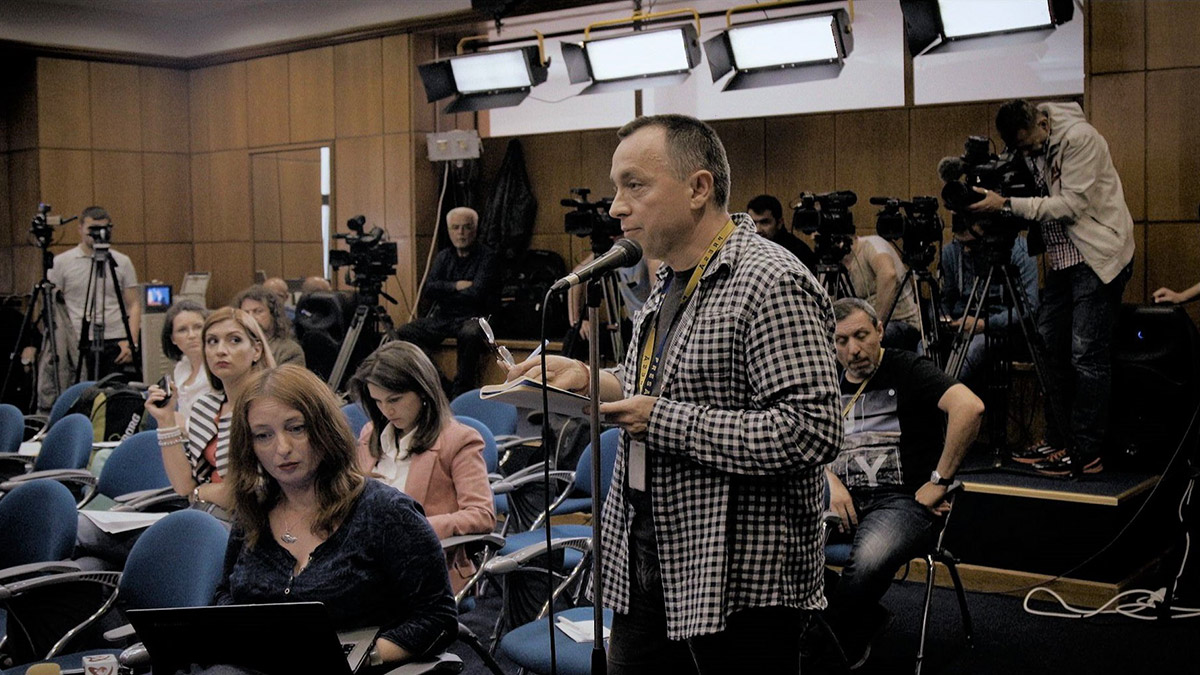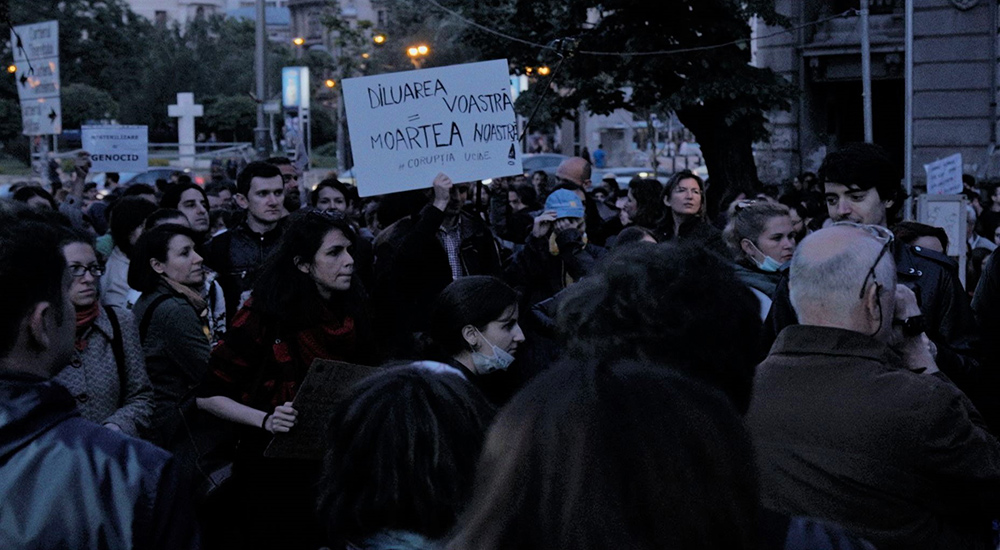
©Alexander Nanau Production, HBO Europe, Samsa Film 2019
“Collective” Romanian documentary film asks Japanese people
2021.09.30
Dictator Ceausescu's DNA
After World War II, Romania adopted communism as a satellite state of the Soviet Union, but then President Ceausescu established a dictatorship. A revolution in 1989 toppled the Ceausescu regime and democratization was achieved. The country joined NATO in 2004 and the EU in 2007. After that, the country experienced repeated periods of economic growth and stagnation, but in 2017 it became the country with the highest growth rate in Eastern Europe. During that time, however, corruption spread widely across politics, the military, the medical system, and private companies, and the corruption even reached the police and judicial officials who should be cracking down on illegal activities.

“Collective” ©Alexander Nanau Production, HBO Europe, Samsa Film 2019
The "Collective Incident" occurred under the government of the Social Democratic Party (PSD). The PSD allowed corruption to continue, for example by promoting legal reforms to exonerate politicians who were party members. There is also a theory that, although the party claims to be social democratic, it is actually made up of the descendants of politicians and bureaucrats who were at the core of the government during the Ceausescu regime.
On the other hand, in recent years, Romania has seen violent anti-government demonstrations by the people who are resisting the parliament that promotes corruption. In February 2017, 500,000 people took part in demonstrations over six consecutive nights in protest against the PSD government, which issued an exoneration for corruption. The scale of the demonstrations was comparable to that of the 1989 Romanian Revolution.

